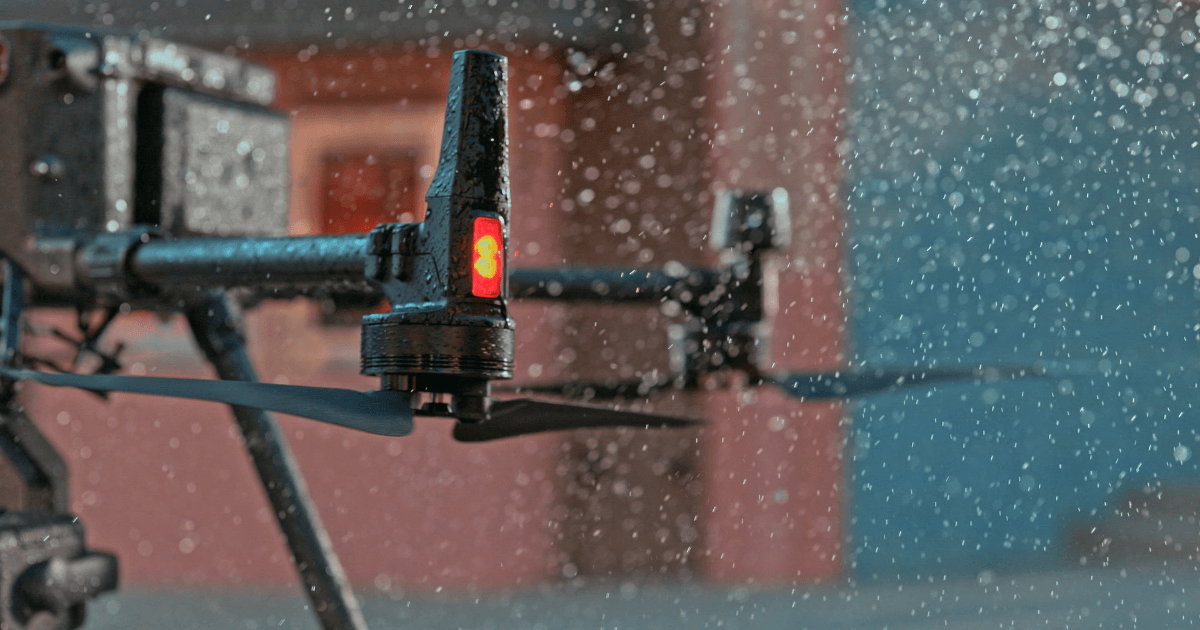
How Waterproof Is The DJI M300 RTK Drone?
Can the M300 RTK fly in the rain? Find out as the drone is put through a series of weather simulators to test how waterproof it is.
Can the M300 RTK fly in the rain? Find out as it is put through a series of water tests;
The drone is also subjected to wind, temperature and salt/steam simulations;
M300 RTK has an IP45 rating; DJI's most weatherproof drone to date;
Tips to keep your M300 RTK flying in difficult weather conditions.
Entombed in a salt and steam simulator for two days and blasted with a powerful water hose - new footage shows the incredible weather resistance of the M300 RTK.
As DJI's flagship commercial aircraft, this enterprise platform boasts some pretty impressive vital statistics, including a maximum 55 minute flight time and the ability to carry up to three payloads at once.
But one of the most important attributes of the M300 RTK is its IP45 rating; making it DJI's most weather-proof drone to date.
In technical terms, it means that the drone is protected against solid objects greater than 1mm, such as screws and wires, and can withstand low-pressure jets of water from any angle.
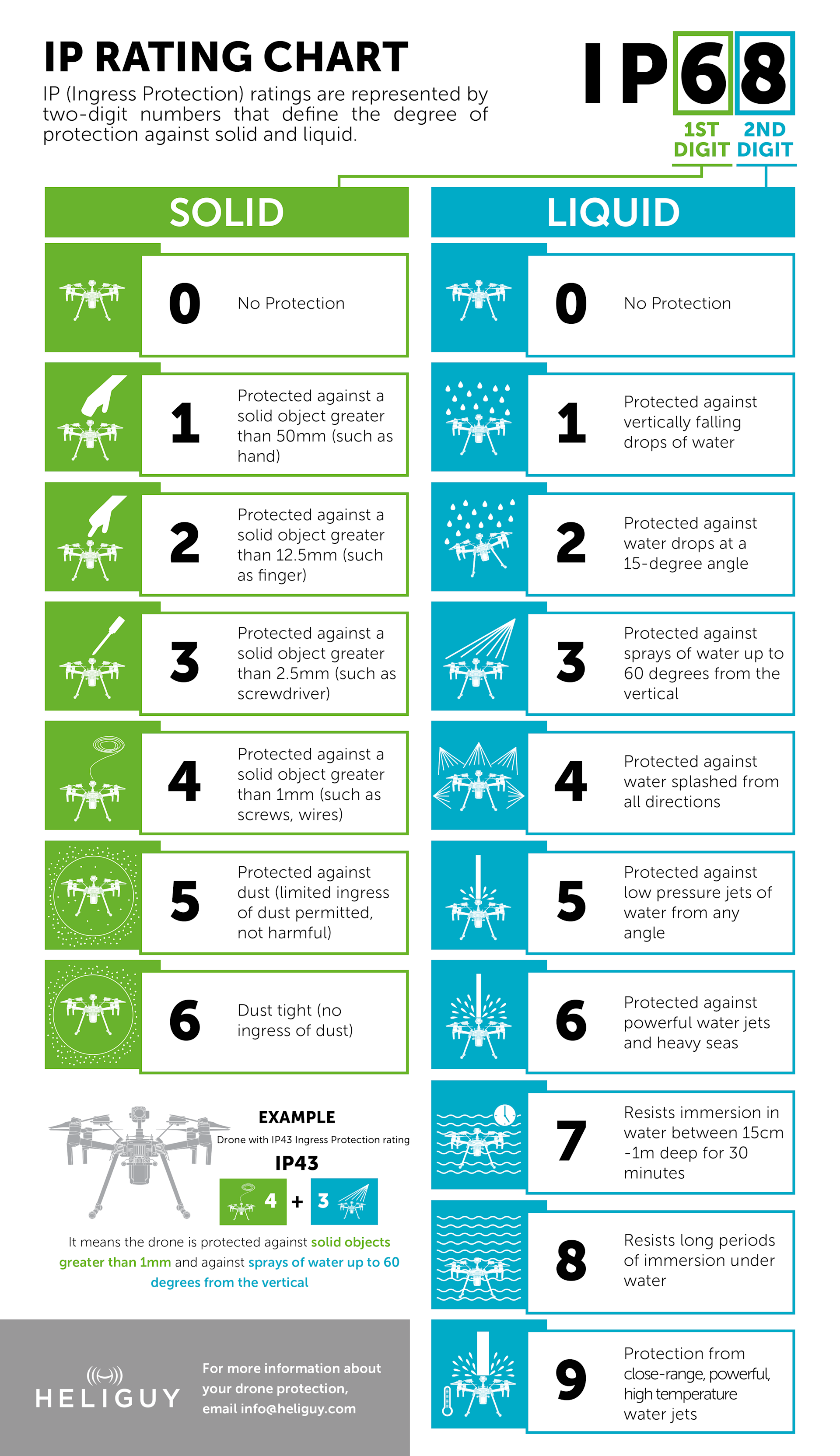
It's an important asset; after all, some critical missions need to be conducted in hostile weather conditions.
And new footage obtained from DJI's test lab shows just how resilient the M300 RTK is to a range of scenarios, including wind, heat, and varying levels of water.
During six extreme simulations, engineers examined the performance of the drone’s motors and rotors, electric speed and flight controllers, as well as flight stability and reliability.
So, how did the M300 RTK stand up to the test?
Test One: Rain Test
It is never recommended to fly a drone in the rain, but sometimes critical missions need to be conducted in difficult weather conditions.
For this reason, it is crucial that the M300 RTK can perform in wet weather.
To verify that the M300 RTK can handle a rainstorm and continue to operate, DJI engineers put the drone through a rain simulator (IPX1).
IPX1 certifies 'protection against vertically falling droplets, such as condensation, ensuring that no damage or interrupted functioning of components will be incurred when an item is upright'.
Test Two: Adverse Rain Test
The M300 RTK came through the initial rain test, so the next stage was to expose it to even wetter conditions.
For this, the drone was put through a swirling rain simulator (IPX4) to demonstrate that its undercarriage - as well as its topside - can tolerate rain.
The results of this test were encouraging. Despite the M300 RTK enduring showers with a 360-degree curtain of water, it once again continued to operate.
IPX4 certifies protection 'against water splashes from all directions. Tested for a minimum of 10 minutes with an oscillating spray (limited ingress permitted with no harmful effects).'
Test Three: Downpour Test
So, how would the M300 RTK stand up to the downpour test?
The drone was drenched with a powerful jet stream of water (IPX5), spraying the equivalent of a high-pressure hose on the aircraft.
Incredibly, the drone kept working - despite being blasted with water equivalent to a downpour.
IPX5 certifies 'protection against low-pressure jets (6.3 mm) of directed water from any angle (limited ingress permitted with no harmful effects)'.
Can The M300 RTK Fly In The Rain?
So, what do the results of the water tests mean?
Firstly, the M300 RTK passed the challenges and was subsequently awarded an IP45 rating from the Centre Testing International Group Co., Ltd.
This means that it can withstand water directed at it by a 6.3 mm (0.24 in) nozzle from any direction and withstand ingress of solid objects greater than 1.0 mm (0.039 in) in diameter.
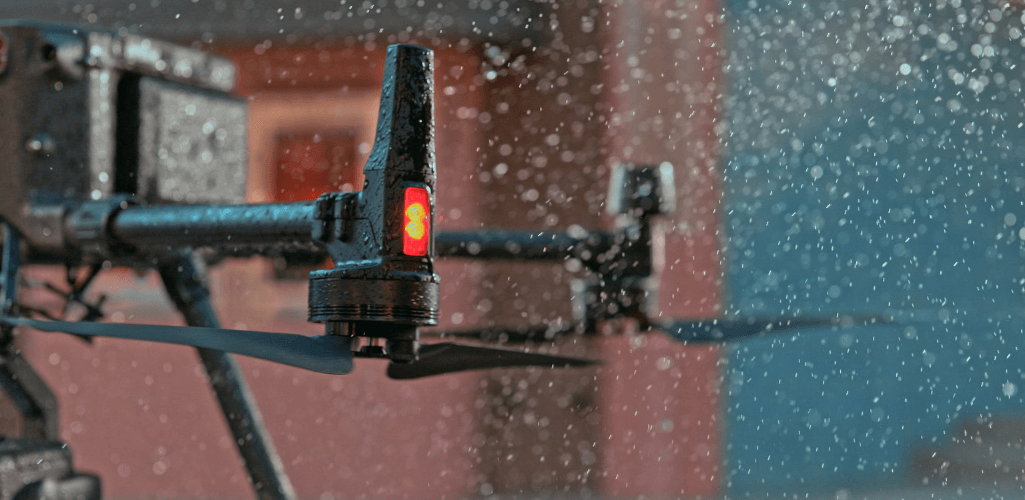
One thing to bear in mind is that these tests were conducted within a laboratory environment.
While it is a good guide to the M300 RTK's ability to perform in the rain, it is difficult to directly correlate tests to specific environmental conditions during a real-world mission.
However, the M300 RTK's IP45 rating suggests that critical, short-duration missions won't be interrupted by light and medium rain.
But remember, the IP45 rating is NOT a complete waterproofing.
Tips For Flying The M300 RTK In Wet Weather
If duty calls and a mission does need to be conducted in the rain, here are some tips to help keep the drone in optimal condition.
Do not fly when the amount of rainfall exceeds 100 mm / 24 h.
Do not fold the frame arms in the rain.
Make sure the battery ports, battery compartment ports, battery surfaces, and battery compartment surfaces are dry before inserting the batteries.
Make sure the battery ports and battery surfaces are free from any liquid before charging the batteries.
Before packing the aircraft into the carrying case, ensure that it is free from any liquid by wiping it carefully.
Product warranty does not cover water damage.
The aircraft does not achieve IP45 protection rating in the following circumstances:
Folded frame arms.
You use batteries other than the M300 RTK's Intelligent Flight Batteries.
The cover for the ports is not attached correctly.
The waterproofing top shell plug is not firmly attached to the top shell.
The aircraft is broken due to various reasons, such as broken aircraft shell, failure of the waterproof adhesive, etc.
Please note that the M300 RTK's IP45 rating may reduce over time after long-term use.
M300 RTK: Flying In High Winds And Hostile Temperatures
So, the M300 RTK can be flown in certain wet-weather conditions, but how does it perform in other environments?
Temperature Test
The M300 RTK is being flown by companies around the world, so it is important for it to be able to perform across a range of temperatures.
As part of the weather-proofing examinations, the M300 RTK underwent a hot and cold temperature test.
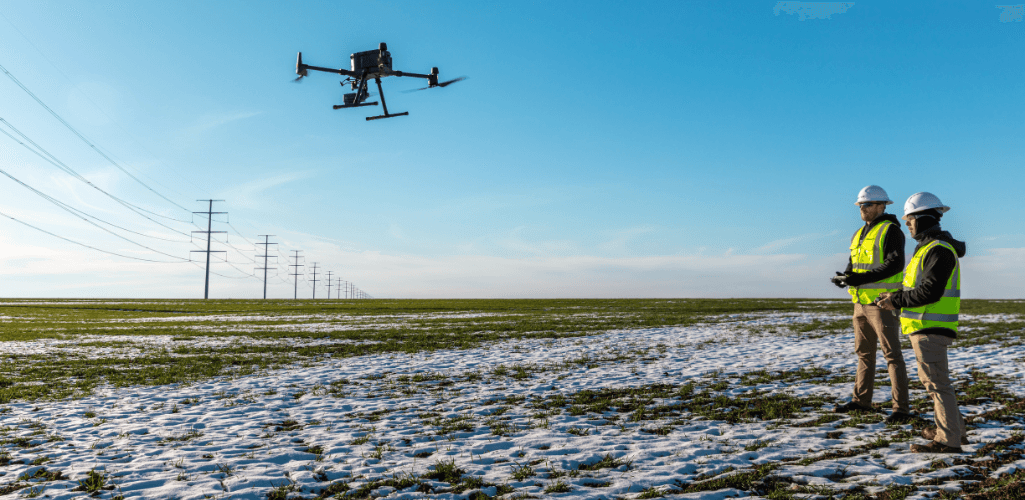
The result shows that it can operate in temperatures as high as 50°C, while the self-heating smart batteries empower safe operations down to -20°C.
Wind Test
A drone flight can be seriously scuppered if the wind speed picks up; either knocking the aircraft off course, or at worse, causing it to crash.
For this reason, the M300 RTK underwent testing in a wind tunnel to study and improve its performance in breezy conditions.
Thanks to the M300 RTK's powerful motors, it can handle wind speeds of up to 15 m/s or 33.5 mph.
To put this into perspective, the M200 Series V2 has a wind-speed resistance of 12 metres per second (26.8 mph); the M600 Pro has a resistance of 8 m/s (17.8 mph), and the Mavic 2 Enterprise Series has a wind-speed resistance of up to 10.5 m/s (23.4 mph).
The M300 RTK can also ascend at up to 6 m/s.
Steam And Salt Test
Some operators need to fly near to the ocean, so it is important that the M300 RTK can resist the impact of salt build-up and corrosion.
Fog can also cause problems for a drone, sometimes affecting functionality.
To ensure the M300 RTK can withstand the rigours of tough coastal environments, it is placed in a salt and steam simulator for up to 48 hours.
The tests confirm that the drone can continually operate under such duress.
Designing A Robust Drone
One thing is clear: The M300 RTK is a robust and hardy drone.
This enhanced stability and reliability in difficult weather conditions have been made possible through clever and careful design.
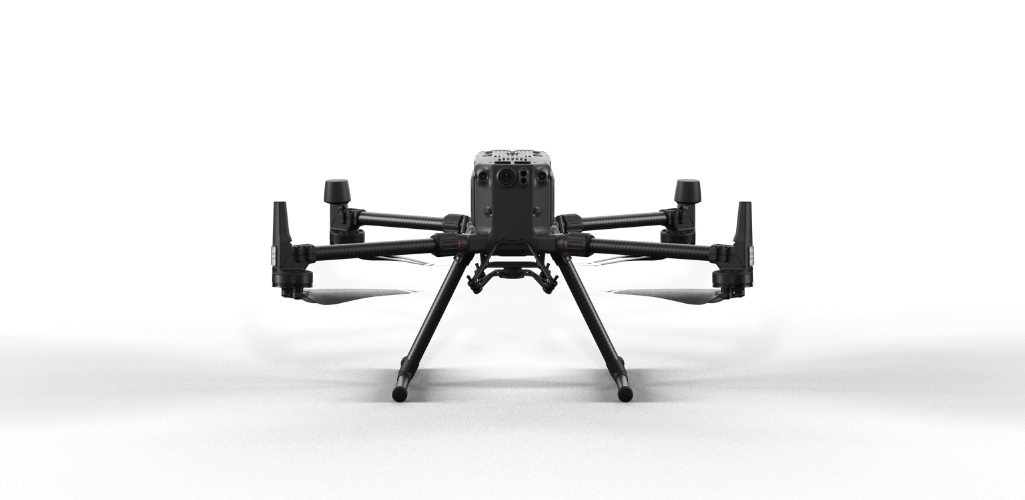
For instance, the airframe is manufactured with an airtight seal to protect sensitive electronic components which drive the drone's array of smart features.
Critical parts of the drone, such as the vision sensor lens, are tested to ensure that everything is sealed airtight.
This includes water testing of the drone's wing box.
These components are also subjected to a pressure test.
The M300 RTK also boasts a unique heat-management design.
This means that heat generated by the internal components will disappear upwards through a metal plate which is then passed away from the drone through its exhaust vents.
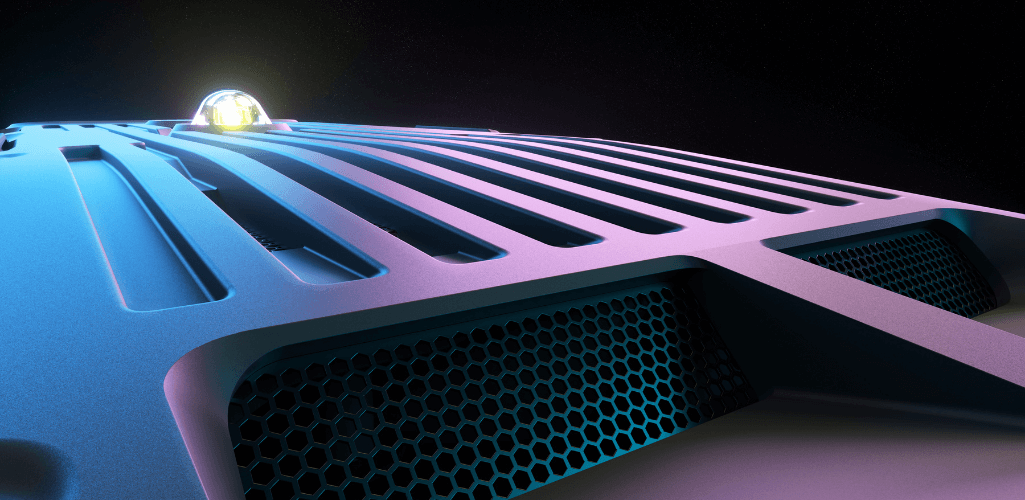
Any water that enters the exhaust vents is still completely isolated from any sensitive internals.
The M300 RTK's weather resistance is enhanced further through a super-protective coating that is automatically applied to the components on the M300 RTK’s motherboard.
This additional layer of protection insulates internal components and prevents damage from external forces.
Enhanced Safety Features
To take flight safety to the next level, the M300 RTK benefits from an array of advanced redundancy features and safety features.
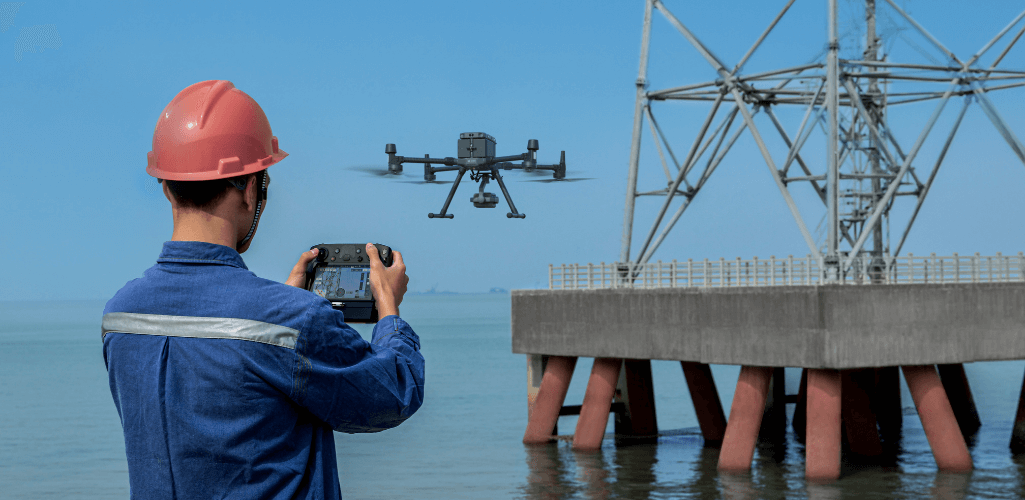
For instance, the aircraft has backups for 12 vital flight components.
If there is a hardware failure, the backup module will come online to bring you home to safety.
This includes the dual battery configuration; if one battery fails, the second will help bring the drone to a safe landing.
The M300 RTK also features an extra IMU, barometer, and compass, each of which will come online if the primary unit fails.
Meanwhile, six direction dual visual sensors and dual Time-of-Flight sensors mean that the M300 RTK is DJI’s first industrial platform to feature omnidirectional collision avoidance. Detection ranges can also reach up to 45m.
Advanced Dual Control mode enables the M300 RTK to be operated by two pilots. Now, if one pilot becomes compromised or their controller loses battery or connection, the other pilot gains full control over the M300 RTK and its payloads.
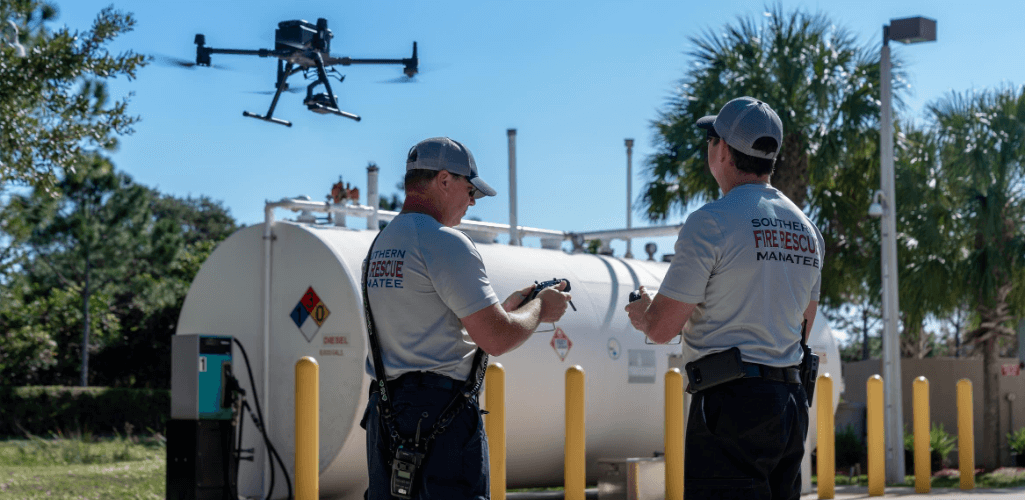
In the unlikely case of a motor malfunction during flight, the M300 RTK can make an emergency landing with just three propellers/motors.
Basic controls, such as ascending, descending, and horizontal movements, are still in place, helping the operator land the drone safely.
Other safety features include:
New Primary Flight Display provides real-time information to telemetry data, such as altitude and speed, as well as access to an obstacle map to enhance situational awareness.
Top and bottom Auxiliary Lights which automatically turn on in low-light conditions.
OcuSync Enterprise provides triple-channel 1080P 30FPS video downlink at up to 10 km.
The FPV camera has a 145° FOV and delivers a live feed at 960p.
M300 RTK equipped with DJI AirSense, providing operators with real-time information about planes and helicopters within 20 km.
Downward-facing props and rotors for enhanced agility. The props will also not cut an emergency parachute.
M300 RTK Health Management System
For an extra level of protection, the M300 RTK offers an integrated UAV Health Management System (HMS) to aid fleet maintenance.
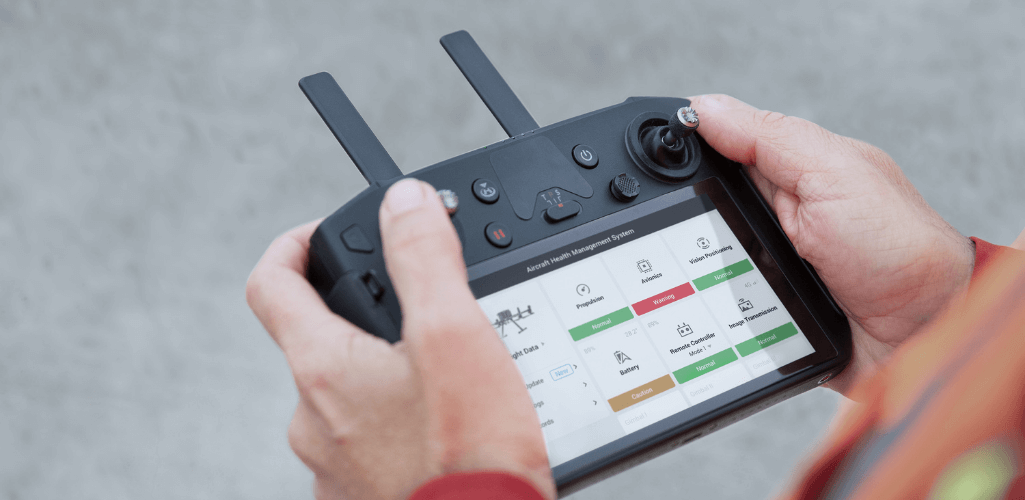
Using HMS, record the aircraft’s flight data throughout its lifecycle, monitor performance, and determine when a service is needed.
This system enables operators to gain a quick overview of critical aircraft systems, manage fleet-wide firmware updates, track pilot hours, and review flight missions.
M300 RTK: Servicing
To keep the M300 RTK in optimal working condition, it is recommended to perform regular inspections.
Type | Maintenance Items | Maintenance Advice | Period |
Basic Maintenance | 1: Regular maintenance items 2: Updates and calibration 3: Deep clean | Factory service recommended | Total flight time is 200 hours or drone used for 6 months |
Routine Maintenance | 1: Regular maintenance items 2: Updates and calibration 3: Deep clean 4: Components replacement due to wear and tear | Factory service mandatory | Total flight time is 400 hours or drone used for 12 months |
Deep Maintenance | 1: Regular maintenance items 2: Updates and calibration 3: Deep clean 4: Components replacement due to wear and tear 5: Core component replacement | Factory service mandatory | Total flight time is 600 hours or drone used for 18 months |
As part of this, HELIGUY.com™ offers in-house repairs and drone servicing to ensure safety and reduce periods of downtime. Click here for more details.
M300 RTK: A Drone For All Seasons - Summary
The M300 RTK has not only set the bar high for its array of smart features, it has also redefined industry standards for drone safety and reliability.
Integral to this is the aircraft's impressive IP45 rating.
As the DJI tests have shown, the M300 RTK can withstand some fairly extreme weather testing; making it a suitable solution for a range of industries.
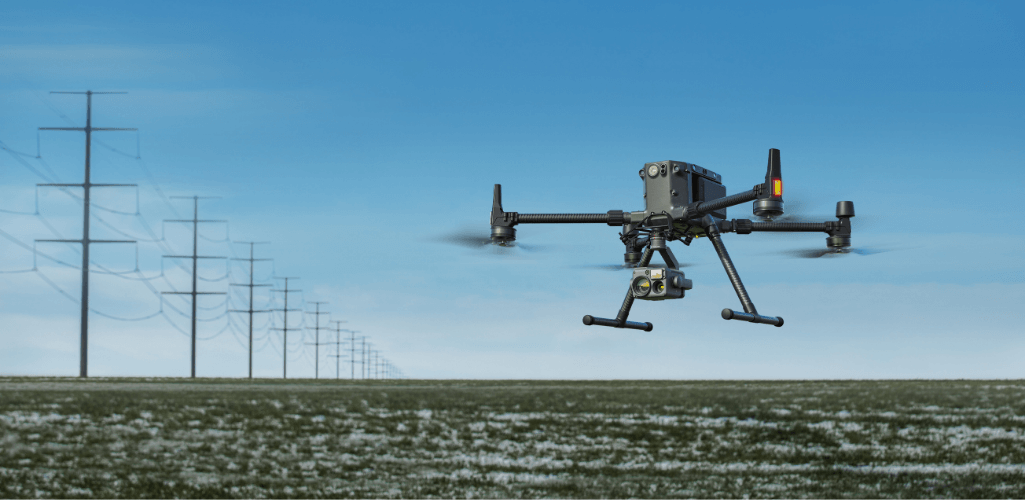
The M300 RTK is certainly more resistant to moisture, wind, and extreme temperatures than any other DJI enterprise drone, enabling missions to be conducted in difficult and unpredictable weather.
That said, operators are reminded that the IP45 rating is not a complete waterproofing of the drone, and this weather protection can deteriorate over time.
Therefore, pilots should use their best judgement when flying in wet and/or any other tricky weather conditions, and the M300 RTK should not be deployed in conditions or rain greater than those stated by its certification.
To speak to heliguy™'s enterprise team to discuss the M300 RTK, contact us.